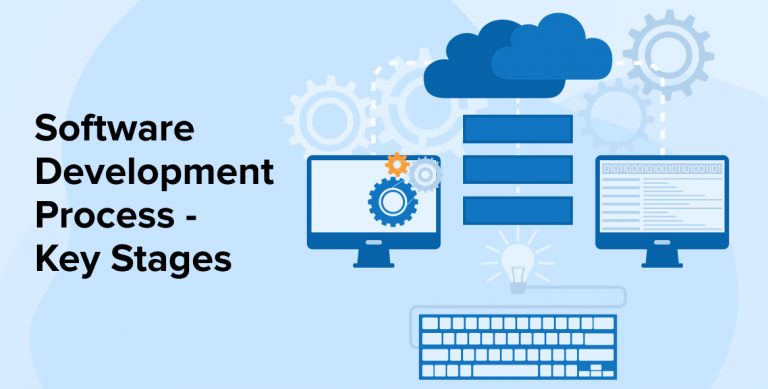Buzz Haven: Your Daily Dose of News and Information
Stay updated with the latest trends, news, and insights from around the world.
Debugging Like a Pro: Tales from the Code Mine
Unlock the secrets of coding! Dive into thrilling debugging tales and expert tips to sharpen your skills and solve any coding mystery.
Top 10 Debugging Techniques Every Developer Should Know
Debugging is an essential skill for every developer, and mastering debugging techniques can significantly improve your coding efficiency. Here are the Top 10 Debugging Techniques Every Developer Should Know:
- Print Statements: Simple yet effective, print statements help in tracking the flow of execution and values of variables at different stages.
- Interactive Debuggers: Tools like GDB or IDE-integrated debuggers allow you to examine your code in real time, making it easier to pause execution and inspect variables.
- Rubber Duck Debugging: Explaining your code to a non-technical audience (or a rubber duck) can help you identify logical flaws.
- Unit Testing: Writing tests for your code can help catch issues early in the development process, ensuring that each component behaves as expected.
- Log Files: Utilizing logging can help in tracking issues post-deployment by providing a history of events leading to a failure.
Continuing with our list, here are five more critical debugging techniques:
- Code Reviews: Having peers review your code can help catch errors you might have overlooked.
- Version Control: Using version control systems enables you to manage changes and revert to previous states where the code was functioning correctly.
- Static Code Analysis: Tools that analyze code without executing it can reveal potential issues in syntax and logic early on.
- Debugging Tools and Extensions: Many languages have specific libraries and extensions that can simplify the debugging process, providing enhanced features.
- Ask for Help: Don't hesitate to reach out to the developer community. Sometimes a fresh set of eyes can unveil the solution you're missing.

Common Debugging Pitfalls: How to Avoid Code Mine Blow-Ups
Debugging is an essential part of the software development process, yet many developers fall into common pitfalls that can lead to significant setbacks. One such pitfall is failing to reproduce the issue consistently. This can create a situation where the bug appears intermittently, leaving developers perplexed and frustrated. To avoid this, make sure to clearly document the steps to reproduce the bug and test in a controlled environment. Using debugging tools effectively and incorporating logging can help pinpoint the issue more reliably, saving you time and effort in the long run.
Another common mistake is neglecting to isolate the problem. Developers often try to fix multiple issues at once or make broad changes without understanding the root cause. This approach can lead to a cascade of new bugs, often referred to as a code mine blow-up. To counter this, use techniques like unit testing to identify specific areas of concern and address them one by one. Remember to leverage version control as well, allowing you to roll back changes if new issues arise. By adopting a methodical approach, you can enhance the reliability of your debugging process and minimize potential disasters.
Debugging Q&A: What Are the Most Effective Tools for Tracking Down Bugs?
When it comes to debugging, having the right tools at your disposal can make all the difference in effectively tracking down bugs. Some of the most popular tools among developers include Visual Studio Debugger, which offers a rich set of features for both managed and unmanaged code, and GDB (GNU Debugger), which is a go-to choice for many Linux developers. Additionally, Chrome DevTools provides advanced debugging capabilities for web applications, enabling developers to inspect HTML elements, modify CSS, and view JavaScript console messages in real-time.
Another effective tool is Sentry, which allows developers to monitor and fix crashes in real-time. It provides detailed reports on exceptions, including stack traces that help pinpoint the source of the problem. Additionally, tools like Postman can be invaluable for debugging APIs, enabling seamless testing and verification of API calls. By leveraging these tools, developers can streamline their debugging process, ensuring they quickly locate and resolve issues, thereby improving the overall quality of their software.